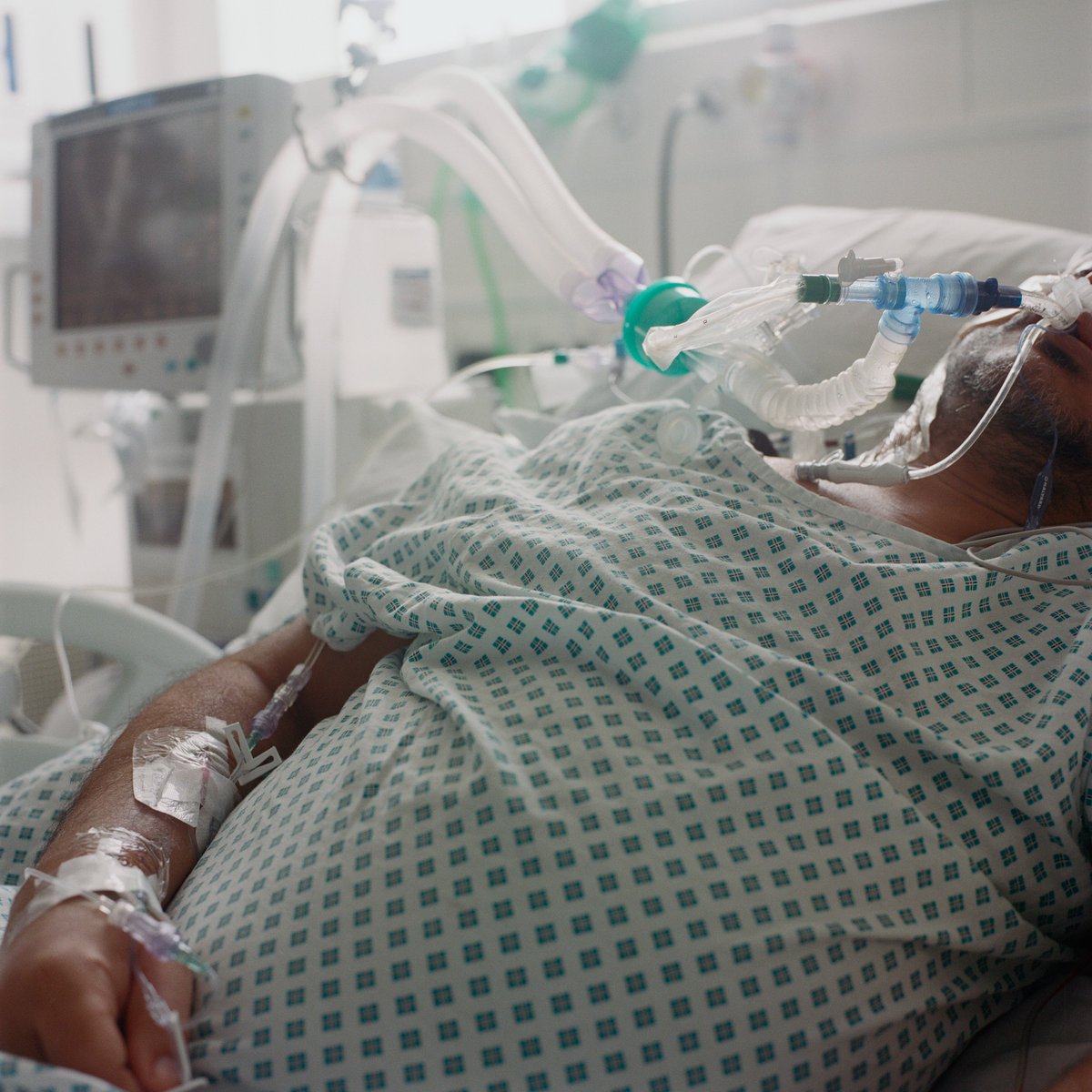Oxygen supply in hospitals is getting a lot of media coverage. Some hospitals are using five times more oxygen than usual triggering low pressure alarms. Media reporting oxygen supplies ‘running out’ and ‘not enough to go round’. The problem is not quite what it sounds… 1/12
We don't usually think about oxygen supply. It isn't something we notice until the oxygen pressure alarms go off. That used to be rare. The unfamiliar and emotive problem can seem frightening for NHS staff and public alike. This from @ChrisCEOHopson 2/12 https://twitter.com/BBCNews/status/1348570753235623938?s=20
Oxygen supplies don’t run out like an electricity power cut. Instead the pressure drops like it can with the hot water system in your home. Your shower doesn’t run dry but the water pressure is not what you need. You may need to turn some other taps off to solve this. 3/12
A large hospital with 800 beds would normally use around 1000 litres oxygen per minute may currently be using up to 6000 litres/minute. At these rates the pressure at oxygen outlets in the wards can dip below our strict pressure limits, setting off unfamiliar alarms. 4/12
The reason we are using so much oxygen is because so many of our patients have breathing problems due to COVID-19, causing low blood oxygen levels. In one ward we worked out that 20 patients used a total oxygen flow of 800 litres/minute between them. 5/12
Different oxygen delivery devices, from low flow nasal oxygen to an ICU ventilator, can use anything between 3 and 100 litres of oxygen per minute. A relatively new technique using high-flow nasal oxygen has been invaluable but massively increased our oxygen use. 6/12
There are lots of things we can do to manage the problem. We can be more careful to avoid wasting oxygen, for instance, by turning oxygen taps off whenever the patient isn’t using it, and only giving patients the amount they actually need. 7/12
There's also lots of discussion among doctors about how high blood oxygen targets should be for patients with breathing problems. This is one recent clinical trial (of several) suggesting we could safely give patients less oxygen than we are used to. 8/12 https://www.nejm.org/doi/full/10.1056/NEJMoa2032510
Most NHS hospitals have created ‘oxygen marshals’ to walk around the wards, turning down oxygen flows where it is safe to do so, and talking to staff about the problem. Most are senior doctors, nurses or physiotherapists. This can reduce demand by more than 10% on its own. 9/12
Hospitals store liquid oxygen in a tank (picture) which gradually evaporates into gas feeding the pressurised piped oxygen supply to the bedside. We are supplementing this by connecting large cylinders of oxygen to the system to support the pressure in high use areas. 10/12
We also have oxygen concentrators which draw in surrounding air (21% oxygen) and remove most of the nitrogen to give enough oxygen for those patients who only need a little extra to help them breathe. 11/12

 Read on Twitter
Read on Twitter








